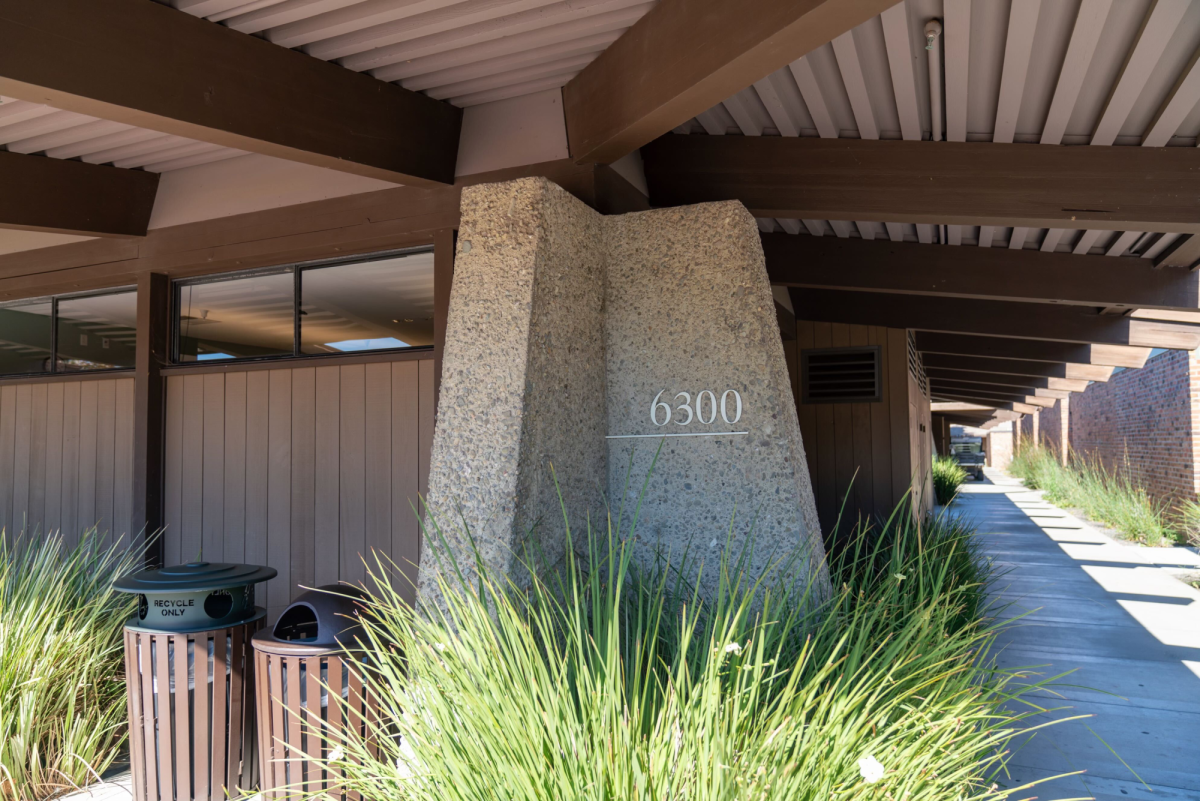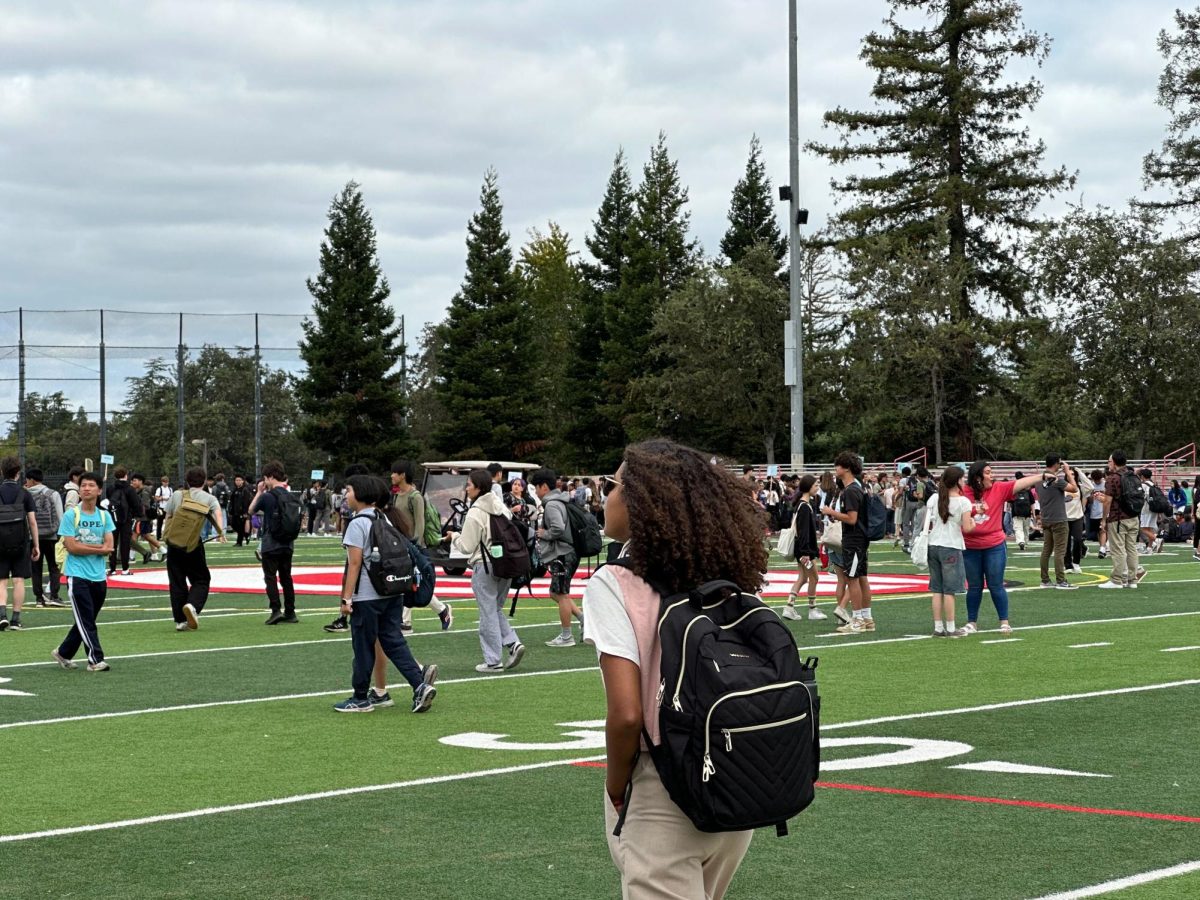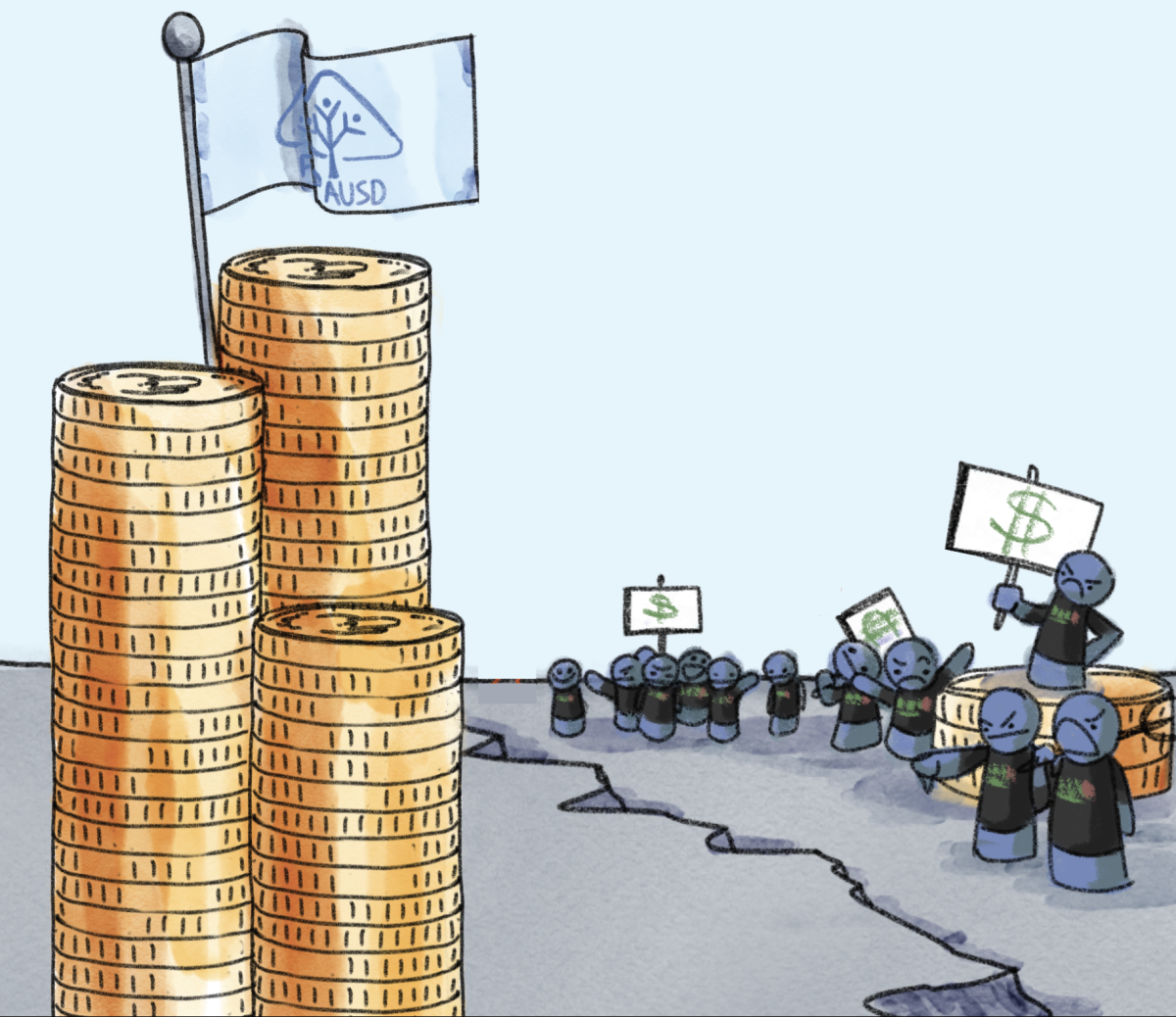Written by Shawna Chen
Published in the April 17, 2015 issue
In March, the Cable News Network (CNN) published an online interac- tive story by John D. Sutter titled, “The poor kids of Silicon Valley,” which took an in-depth look at how the poor and homeless struggle for survival in the cutthroat world of technology and in- novation. With sobering statistics and haunting visual imagery of the Jungle, a homeless encampment in San Jose, the story and its contents proved for- eign and shocking to much of the Palo Alto community. “It was a wake-up call to the reality a lot of people face,” senior Youth Community Service (YCS) copresident Sandie Luo said.
According to Sut- ter, homeless adoles- cents often choose to drop out of school rather than face their peers without a place to call home. Many are forced to look after younger siblings, and living situations are in constant flux.
Palo Alto is men- tioned within the context of the story when Sutter takes 16-year-old Jorge Valencia—the eldest son of a family struggling in poverty because, like many, the price of living in Silicon Valley is so high. As Valencia takes a photo of a Palo Alto house, he says, “These houses are the size of my entire apartment complex.”
Even though the median household income in Santa Clara County is $91,702 as opposed to the U.S. average of $53,046, one in three children in Silicon Valley is “at risk of hunger,” Sutter reports. In Cal- ifornia alone, 23 percent of adolescents live below the federal poverty line; this figure is higher than the national value.
Living in the wealthier Palo Alto neighborhoods, where the median home price is $1,998,000 according to Zillow, can often shield eyes from the harsh truth of poverty. At Gunn especially, students are often disconnected from the other side of the Silicon Valley. “It’s easy to get dragged into your own problems and ignore the situation,” Luo said. “But one thing we can do to start change is to be more open and understanding of the fact that homeless kids become home-less [due to] a variety of causes, not just drug addiction or the such that’s often assumed.”
Assistant Principal Tom Ja- coubowsky, too, asks students not to make assumptions when discussing standards of living. “Sometimes you live in this bubble world where you think everybody’s existence is the exact same as yours,” he said. “But [in truth], there are students that are very fortunate and have a lot, and there are some that aren’t.”
Alumnus Nabeel Chollampat was someone who had lived in Palo Alto his whole life, but at the University of Michigan at Ann Arbor, he was introduced to a range of people with diverse socioeconomic statuses. “The interesting thing about going to college is you meet a lot of people from a lot of different walks of life, and there are a lot of people here who don’t come from the highest socioeconomic back- ground,” he said. “It’s something you can’t see on the outside, but getting to know people that aren’t from Silicon Valley or other afflu- ent areas is something that people deserve to experience.”
As someone who had not witnessed the poverty existing in the Silicon Valley, Chollampat was confronted with its grimness when he spent a few days in Detroit, Michigan. “Growing up [in Palo Alto], there’s a lot of stuff that you don’t see,” he said.
For Luo, the reality of homeless- ness first set in when she led a site project for YCS’s Service Day this year, in which students donated and handed out interview clothes for homeless people looking for jobs. “The interactions I had with the people there and the act of service itself made me a lot more aware that there’s a lot more that goes on,” she said.
Even though Luo had seen first- hand the harshness of poverty by the time she read Sutter’s report, one particular aspect of the story still came as a surprise. “A girl who lived in the Jungle said that since she was homeless, she decided not to go to school, and the way she said it was so matter-of-fact,” Luo said. “The fact that she’s prevented from going to school because the lack of dignity the homeless people struggle with is just a really big thing and is a big factor in how a lot of people have trouble getting out of their situations.”
According to the Palo Alto Unified School District (PAUSD) Chief Business Officer Cathy Mak, PAUSD receives annual federal Title I funds that are allocated specifically to meet the educational needs of low-achieving students. However, the minority achieve- ment gap has steadily increased, as seen in standardized test results from the School Accountability Report Card. To address this disparity, the district created the Minority Achievement and Talent Development Advisory Committee, whose district recommendations for helping underprivileged families will be released next month. In addition, Student Services is increasing its outreach programs beyond on-campus instruction. Meanwhile, Mak encourages students in need to use the district’s provisions and resist the urge to not do so out of shame.
At Gunn, a variety of support services exist, from offering re- duced prices on commodities to providing holistic assistance to a homeless student. “The key thing is letting one of the counselors or administrators know,” Jacoubowsky said. “If you’re hurting in whatever way, let us know so we can help. I truly believe we are all in this together and you are not alone.”




















